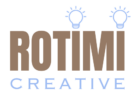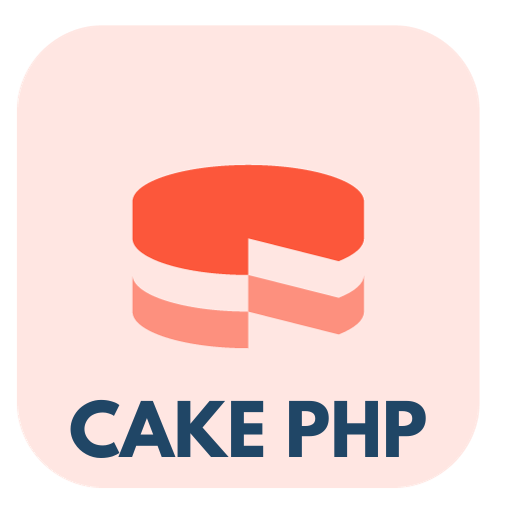In the ever-evolving landscape of web development, frameworks play a pivotal role in streamlining the process of creating robust and scalable applications. CakePHP, a popular PHP framework, has been a cornerstone for developers seeking a structured and efficient development environment. In this comprehensive blog post, we will explore the distinctive features, numerous benefits, and potential drawbacks of the CakePHP framework.
Features:
-
- Conventions over Configuration: CakePHP follows the principle of “convention over configuration,” simplifying development by establishing sensible defaults. Developers can focus on coding without the need to specify configuration details, promoting consistency across projects.
- MVC Architecture: At the core of CakePHP lies the Model-View-Controller (MVC) architecture. This separation of concerns enhances modularity, making it easier for developers to manage, maintain, and scale applications. The structured organization of code improves code readability and maintainability.
- Built-in ORM (Object-Relational Mapping): CakePHP incorporates a powerful Object-Relational Mapping system, simplifying database interactions. With the ORM, developers can work with databases using PHP objects, eliminating the need for complex SQL queries and enhancing code abstraction.
- Scaffolding: CakePHP’s scaffolding feature accelerates the development process by generating basic CRUD (Create, Read, Update, Delete) functionality. This allows developers to quickly create prototypes and functional applications, reducing repetitive coding tasks.
- Built-in Security Features: CakePHP prioritizes security, offering built-in features like input validation, CSRF protection, and SQL injection prevention. These measures help developers build secure applications without the need for extensive manual coding.
Benefits:
-
- Rapid Development: CakePHP’s conventions and scaffolding significantly expedite development, making it an excellent choice for projects with tight deadlines. The framework’s structure and built-in features streamline common tasks, allowing developers to focus on application logic rather than boilerplate code.
- Extensive Documentation: CakePHP boasts comprehensive documentation that serves as a valuable resource for developers at all skill levels. This extensive documentation facilitates a smoother learning curve and provides ongoing support for those seeking to maximize the framework’s capabilities.
- Community Support: With a vibrant and engaged community, CakePHP benefits from ongoing development, updates, and a wealth of third-party plugins. The community actively contributes to discussions, forums, and collaborative projects, enhancing the overall ecosystem of the framework.
- Flexible Templating System: CakePHP’s templating system, based on the PHP language, offers flexibility and familiarity. Developers can seamlessly integrate dynamic content into views, ensuring a smooth and intuitive workflow.
Drawbacks:
-
- Learning Curve for Beginners: While CakePHP’s conventions simplify development for experienced developers, beginners may face a learning curve, especially if they are new to the MVC architecture or PHP frameworks. However, this challenge diminishes with the aid of the extensive documentation and community support.
- Limited Convention Flexibility: While conventions streamline development, some developers may find the framework’s conventions limiting for highly customized or unconventional projects. Adhering strictly to conventions may require workarounds in certain scenarios.
- Performance Considerations: While CakePHP provides satisfactory performance for many applications, developers working on projects with specific performance requirements may need to fine-tune certain aspects or consider alternative frameworks optimized for speed.
Conclusion:
CakePHP stands as a powerful and efficient PHP framework, offering a structured environment that balances convention with flexibility. Its rapid development capabilities, extensive documentation, and active community make it a compelling choice for developers seeking a pragmatic and reliable framework. While beginners may encounter a learning curve, the benefits of CakePHP’s conventions and built-in features far outweigh potential drawbacks. As with any tool, understanding the intricacies and leveraging the support available can unlock the full potential of CakePHP for creating dynamic and scalable web applications.




